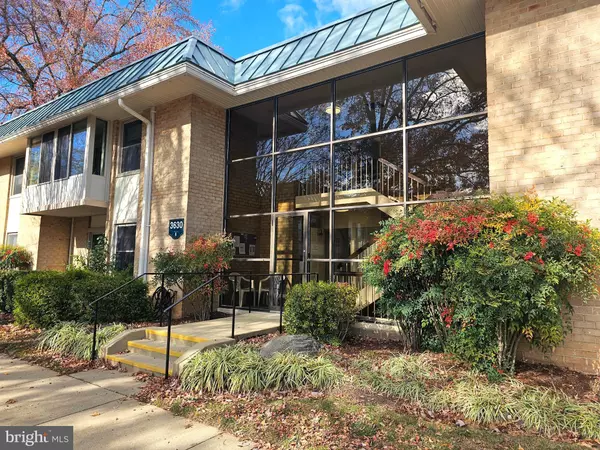Filters Reset
Save Search
0 Properties
FEATURED LISTINGS
 Broker AssociateIf you're looking for a trustworthy real estate agent to help you with one of the most important decisions of your life, look no further than Annie Price. With her background in analytics, trend forecasting, and life-changing transactions, she's equipped to handle your home buying journey from start to finish. Annie is a personable and friendly real estate agent who is highly knowledgeable and will go above and beyond to fight for your interests. She has overseen 250+ successful transactions and her work speaks for itself. When you work with Annie, you'll leave feeling confident and knowledgeable about homebuying, and you'll have gained a lifelong friend.
Broker AssociateIf you're looking for a trustworthy real estate agent to help you with one of the most important decisions of your life, look no further than Annie Price. With her background in analytics, trend forecasting, and life-changing transactions, she's equipped to handle your home buying journey from start to finish. Annie is a personable and friendly real estate agent who is highly knowledgeable and will go above and beyond to fight for your interests. She has overseen 250+ successful transactions and her work speaks for itself. When you work with Annie, you'll leave feeling confident and knowledgeable about homebuying, and you'll have gained a lifelong friend.
MY BLOGS
REVIEWS

BUYER SERVICES
We're here to help you find the home of your dreams. With a team of experts guiding you every step of the way, our extensive knowledge and experience will ensure you have the best home buying experience possible.

SELLER SERVICES
We take the stress out of selling your home by providing a seamless experience from start to finish. Our team will put you in the best position to market your home and sell it for the highest possible price.












